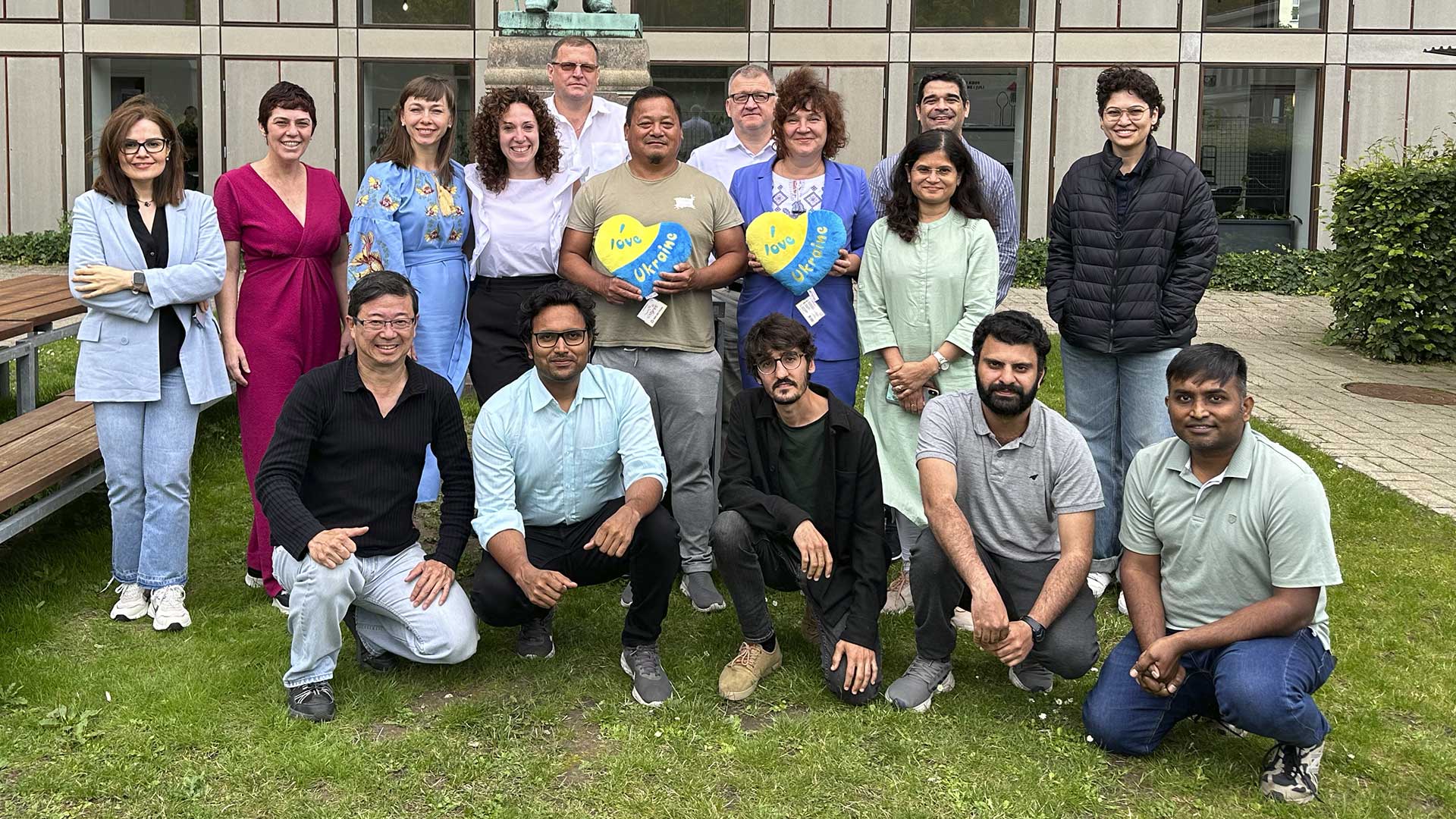Educational Requirements for Carbon Neutrality
17/11/2025
The UNESCO Chair researchers, Dr Ilija Sazdovski and Marta Santamaria Molina, took part in the 7th Nordic Conference on Sustainable Healthcare, held in Malmö on November 12.

The UNESCO Chair in Life Cycle and Climate Change at ESCI-UPF participated in the second annual meeting of the ECOtwins project, held at the University of Copenhagen on July 18th and 19th.
The ECOtwins project, which brings together researchers from the UNESCO Chair in Life Cycle and Climate Change at ESCI-UPF, the University of Copenhagen, and the Swedish University of Agricultural Sciences, aims to strengthen the research capacity of the National University of Life and Environmental Sciences of Ukraine (NUBiP) team.
The project also seeks to create a networking platform for sharing best practices in agroecological intensification to enhance scientific excellence and international cooperation. This partnership has received funding from the European Union’s “HORIZON-WIDERA-2021-ACCESS-03” research and innovation program.
During this annual meeting, Dr Sahar Azarkamand, a researcher at the UNESCO Chair in Life Cycle and Climate Change at ESCI-UPF, presented the results of the life cycle assessment and environmental impacts of various biostimulants and biofertilizers produced for this project.
As the world population increases, the demand for food and agricultural products is projected to rise substantially. It is estimated that nearly half of the global population today relies on synthetic fertilizers for food production, underscoring their indispensable role in agriculture. The increasing demand for agricultural products has also led to the generation of massive amounts of biowaste. The high amount of waste generated, coupled with GHG emissions, underscores the need for innovative uses for this waste. The transition towards a circular economy presents a transformative approach to addressing these issues.
Biofertilizers and biostimulants are increasingly recognized as sustainable agricultural options that contribute to circularity. This perspective aligns with the European Commission’s Green Deal and the Farm to Fork strategy, which both emphasize sustainable agricultural practices.
This research evaluated and compared the environmental impacts of eight biofertilizers and biostimulants, including various types of compost, insect frass, digestate, biochar, and fish hydrolysate produced in Ukraine, Denmark, and Sweden using a life cycle assessment (LCA) approach. By analyzing the environmental impacts associated with these products, the research aims to provide valuable data that can guide the development of more environmentally friendly farming techniques. The findings are intended to help policymakers, researchers, and practitioners make informed decisions that reduce environmental harm and promote sustainability in agriculture.

17/11/2025
The UNESCO Chair researchers, Dr Ilija Sazdovski and Marta Santamaria Molina, took part in the 7th Nordic Conference on Sustainable Healthcare, held in Malmö on November 12.
10/11/2025
In a study published in the Polymers journal (MDPI), researchers of the UNESCO Chair and LEPAMAP analyse the circular quality of polymers by comparing bio-based and fossil-based polymers with the Product Environmental Footprint (PEF) methodology.
05/11/2025
Dr Sahar Azarkamand and Dr Ilija Sazdovski, researchers at the UNESCO Chair in Life Cycle and Climate Change at ESCI-UPF, participated in the Second Annual Meeting of the KijaniBox Project, held at Technische Universität Dresden from October 27 to 30, 2025.
Leave a message